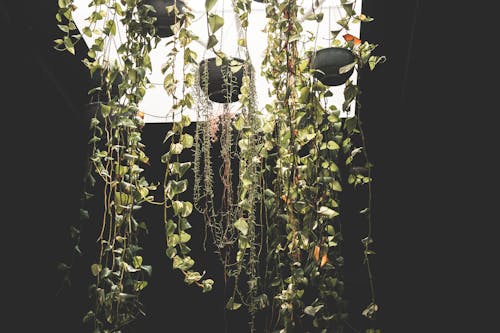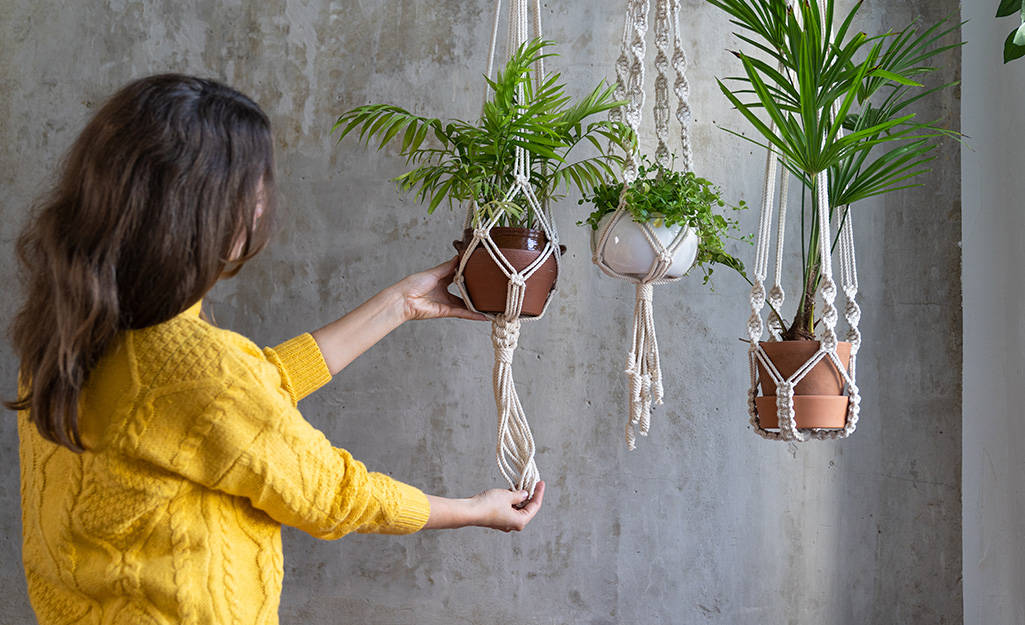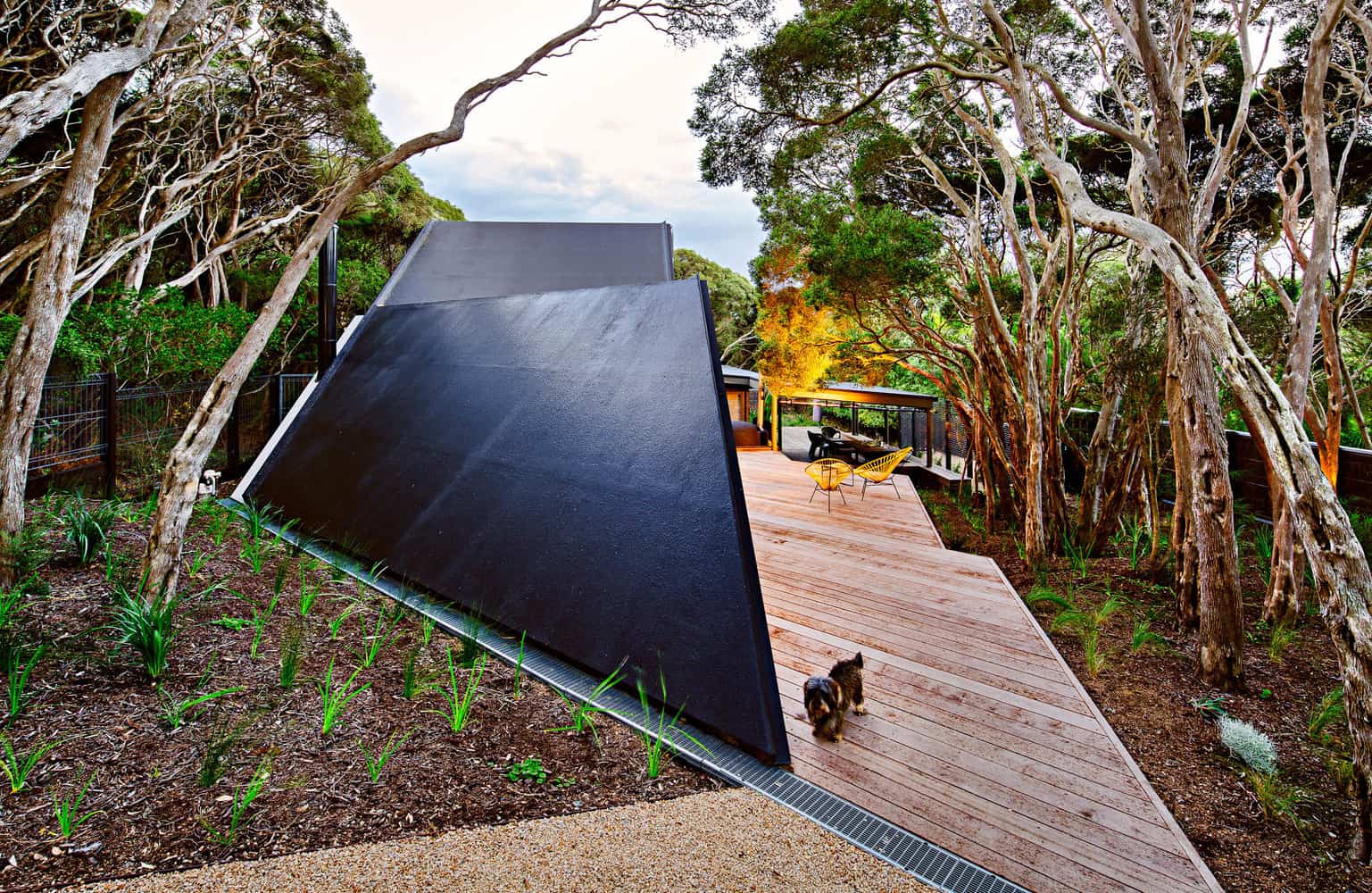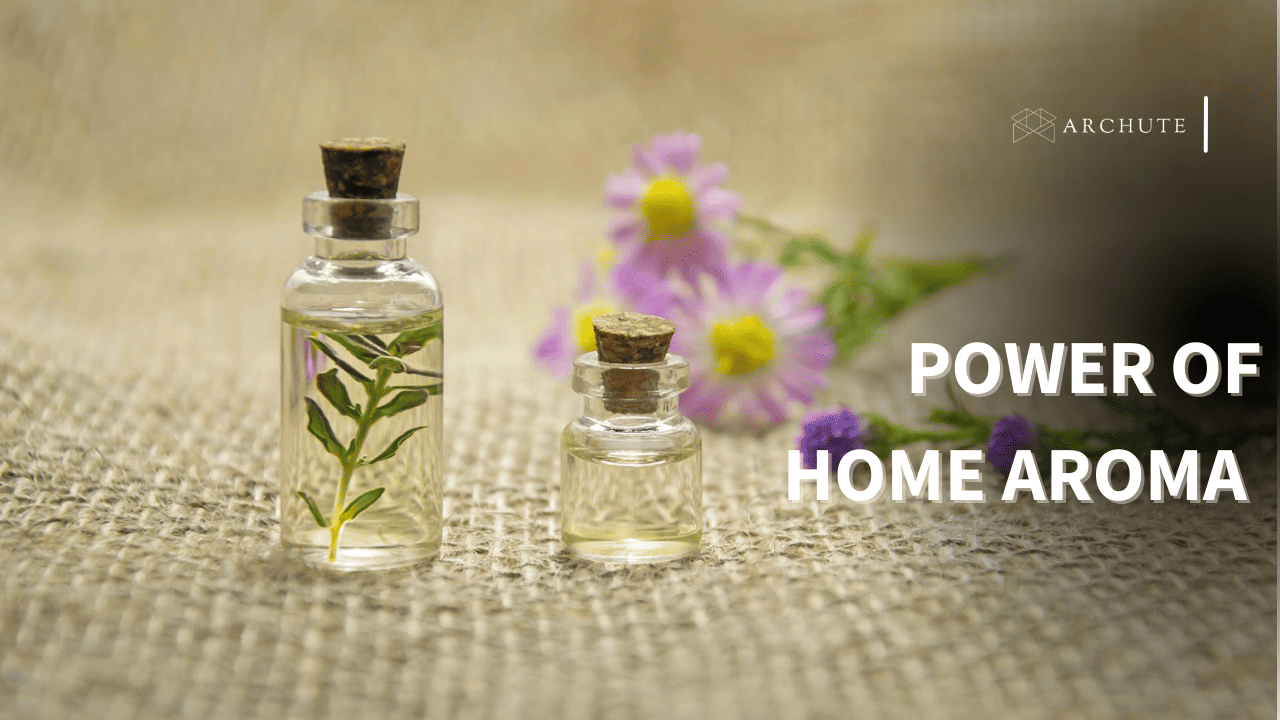Do you love plants and now you want to know how to hang plants from ceiling areas? Or do you wish to have an idea and want to see how it will be like but you have no slightest idea on the process? It is always somehow worrisome trying to hang things from the ceiling because of the fear of something falling. That is; if you hang plants properly, then the latter might not occur.
Adopt the right approach of hanging plant and using the right hardware technique to avoid your plants drooping immediately after hanging them. This post will guide you on the right direction on hanging plants and the tips you need to bear in mind when hanging plants on the ceiling.
1. Choose Your Plant
Most green plants can be hung from the ceiling but not every plant can be hung. This is because you have to select well on which plant you want to hang. That is why you should not hang plants that are very heavy or tend to grow very fast because they could damage the pot or even drop off the ceiling.
Tailing plants are ideal for ceiling hanging since they allow the best hanging pots and their primarily characteristic is growth of a trail of leaves. Let us look at some of the best indoor plants that can be placed with the hanging up ceiling. Below are some of the examples of indoor plants that one can test.
The string of pearls: These are the bead like succulents that reproduce by trailing over the sides of hanging plant pots. They are good for an indoor garden as a plant since they need little attention, and they can be hung in various positions within a house.
Burro's tail: The burro’s tail is known as donkey’s tail plant too. The burro’s tail plant is among the plants that require minimal water due to its succulent nature. It has a requirement for a fair amount of light thus hang the plant near a window with lots of sun.
Pothos Plants: The pothos plant is popular for letting its vines to grow long if placed in a small hanging basket. When you water this plant correctly you will find that its growth ability is one that can only leave you in shock. It is also very economical since you can probably get it in any supermarket or any local hardware store near you.
Satin Philodendron: The satin philodendron can also be referred to as the philodendron silver and it is rather easy to mistake this for the glamorous pothos plant. It grows well in low light hence can be hung glamorously and does not have to be placed near the window as most plants do.
Hoya Obovata: The hoya obovata is semi-succulent and has some of the fleshy leaves that provide water storage that qualify it for a indoor plant. It also does well in hanging baskets and in Wall planters; these should be set upright rather than hanging from the wall.
Spider Plants: If you want to use plants for your hanging baskets then it is recommended that you use the spider plants. When the spider plants are fully grown, they somewhere hang over the edge of the pot and may even hide the pot whenever they are arranged in large clusters. It is best to hang these plants with a handmade macrame hanger because of the way they appear.
Air Plants: The air plants belong to the genus Tillandsia this is a group of small plants that draws its moisture from the air. These plants do not have to be put in soil to be able to grow that is why they are most suitable for hanging. Of course, rather than actually watering these plants, I would just use the spray bottle to moisten them and that is preferable.
2. Choose Your Pot
If you intend to suspend your plant high on the walls or perhaps on the ceiling, then your pot must have a drainage hole through which the excess water can drain. Water builds up at the bottom of the pot and so if the bottom is not provided with an outlet then the soil deteriorates. If it does not have a hole you can just maintain your plant onto its plastic pot and put it inside your other pot which is an ornamental one.
Depending on the type of plant or its rate of growth you can put intricate little pots as they do not have to hold much water, they are for the slow growing plants such as the air plant, the jade plant or succulents. The rationale is if a pot is small then it’s ideal to contain a small amount of soil meaning that the water must also not be much. There are few plants that require a lot of attention regarding their watering and most cascading plants can go for up to two weeks without water and everything will be fine. They can just be pruned occasionally like trimming them over and spraying them with neem oil-water.
However, in case you by a bigger vine you are likely to need a big pot with water to help the growth of the vine.
3. Choose Your Location
In this case, you will want to ensure you have placed your hanging plant at the right place for proper lighting.
Spots To Go For: In the case of plants placed on the windows, the feeling of privacy is achieved at the expense of golden light shadowing. However, when the beams of sunlight are allowed in, the leaves will cast shadows on the walls and this will make your home to be comfortable and rather luxurious. Still, as a general rule, while organizing space or attempting to create some strong visuals in the room, the hanging plant staggered couples or three will make the needed impression.
Spots To Avoid: You should not hang planters on horizontal furniture pieces that people use for sitting. Placing plants above the heads of people hung causes something to be over them that might drop, this makes them display discomfort. The best place to install a hanging planter is in the corners or directly in front of windows.
4. A Strong Anchor In Your Ceiling

If you live in your house and you would want to hang some houseplants on the ceiling, you make sure that there is a good hold. The amount of weight that you can hang from the ceiling varies, it is ok to hang light plants that weigh up to two pounds using a small hook and screw, if you have large plants that weigh up to 50 pounds then you need a larger anchor.
On the average, an 8-inch hanging basket should be filled with at least 8 pounds plus the fact that the basket itself can be rather heavy when the plants start to grow. If you do not wish to screw your ceiling, then there are other solutions available to you as an option. You can hang your plant in fixtures for example from ceiling rods, wooden beam.
Assemble Your Hanging Materials: To properly hang your plant, there are some items required: ceiling hooks (swag hook or s-hooks), hinged clip, hanging chain, drill and a potted plant.
Find The Right Location: It is strategic to screw the house plants onto a stud of a solid wood or the ceiling joist. With a stud finder, then you can find the nearest ceiling joist easily because the stud finder will detect where the frame of the wall is and thus find you a place to fix your drywall anchor. So, if you do not own a stud finder you can install your hanging planter in non stud, the regular ceiling dry wall. If you intend to hang on a swags hook with a hinged clip which pops open after you have forced it through the drywall you should be successful in your hanging.
Drill A Hole In The Ceiling: Taking your drill bit, place the drill on your ceiling where the two ends of the s-hook have to go in. If you are drilling into solid Stud then one will take very less time, but suppose you are drilling into Sheetrock without Stud then one will have to make hole larger enough to accommodate hinge clip. Rather than stopping at the point where the wall is no longer made of drywall, the clip should extend out from that point. This procedure made it impossible to pull the hooks out, without affecting the ceiling so you have to make a hole in the right place.
Using Ceiling Hooks To Install Hanging Plants: The hanging plants prove a challenge when filled with soil and water as they may become denser as time goes on. You should find a hook that will bear the weight of your plant and even more especially when having soil and water. To install a ceiling hook in the ceiling, you may have to use a stud finder in order to determine where the ceiling joist of the house is. If you cannot afford a stud finder you can also tap on the ceiling and over the sound of where you hear a short, hard knock, that is where the ceiling joist is.
Hanging A Plant From Drywall: You will needs screw hook – toggle bolt with hook. Stand in a corner of the room and place the stud finder against the wall at ceiling level,trigger the stud finder to scan for hollow areas. It cannot be screwed into a wall stud like a screw or a lag bolt so one is required to drill a hole which is similar to the size of the toggle bolt being used. Now take your hook screw and screw it to fasten the bolt at the position of the hole and check whether the wings are properly placed to or not in that hole. Lastly, place the hanging hook which is in form of a small pipe onto which you suspend your plant.
Install The Hook: If you are installing into drywall, simply place the swag hook’s eye in the hole where you’ve been drilling if you were installing into a solid wood surface, screw the swag hook into the said hole. You need to fix the plant into the drywall, screw the hook into the hinged clip and having inserted it into the ceiling the latter will expand and fix the hook in this position. The hole that you drilled is for the piece of clip to fit into it and you will be attaching it to the base of swag hook. If you don’t, then you will have to repair the surface of the ceiling most likely with plaster or some other material.
Hang Your Plant: The next step is: place your potted plant in your plant hanger get your plant ready for hanging. There are varieties of plant hangers and you can have your chose from the wide variety that is available.
















